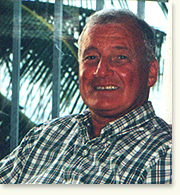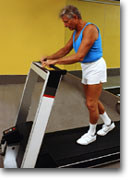Heart Rhythm Society
NASPE - Heart Rhythm Society, incorporated in 1979, has a membership of approximately 3,500 physicians and associated professionals from the United States, Canada, Mexico and many other countries. NASPE - Heart Rhythm Society is the dominant professional group representing the allied specialties of cardiac pacing and cardiac electrophysiology in North America and plays an important role not only in education but also as an intermediary between government regulatory agencies and members of the profession.
NASPE - Heart Rhythm Society Mission Statement
NASPE - Heart Rhythm Society is the international leader in science, education, and advocacy for cardiac arrhythmia professionals and patients, and the primary information resource on heart rhythm disorders.
NASPE - Heart Rhythm Society maintains an active program of interaction with the administrative and legislative arms of the government on issues of relevance to the public, and the pacemaker, electrophysiologic, cardiac arrythmology, and patient communities. Examples of these issues include questions concerning appropriate reimbursement for a procedure, federal oversight on the safety and effectiveness of medical devices, guidelines for medical practice, etc. NASPE / Heart Rhythm Society's policies are established by the Board of Trustees based on counsel from the NASPE - Heart Rhythm Society Committee on Health Policy.

Patients Stories
When Roger Blanchette suddenly collapsed from cardiac arrest at home, police arrived within minutes and an automated external defibrillator (AED) they’d just acquired detected ventricular fibrillation, delivered a shock, and restored his heartbeat—an intervention that almost certainly saved his life. After recovering and receiving an implantable defibrillator, Roger resumed his active lifestyle, and both his personal device and the wider availability of AEDs highlight how rapid, automated shocks now give countless cardiac‑arrest victims a second chance.
Retired construction worker Lawrence Beckmen began experiencing unpredictable fainting spells in his 60s; after extensive testing at the Mayo Clinic, electrophysiologists identified carotid sinus syndrome—a nerve‑reflex condition that dramatically slows heart rate and blood pressure. Since receiving a pacemaker nearly a decade ago, Beckmen has avoided further episodes and continues his active, family‑filled life at age 78.




